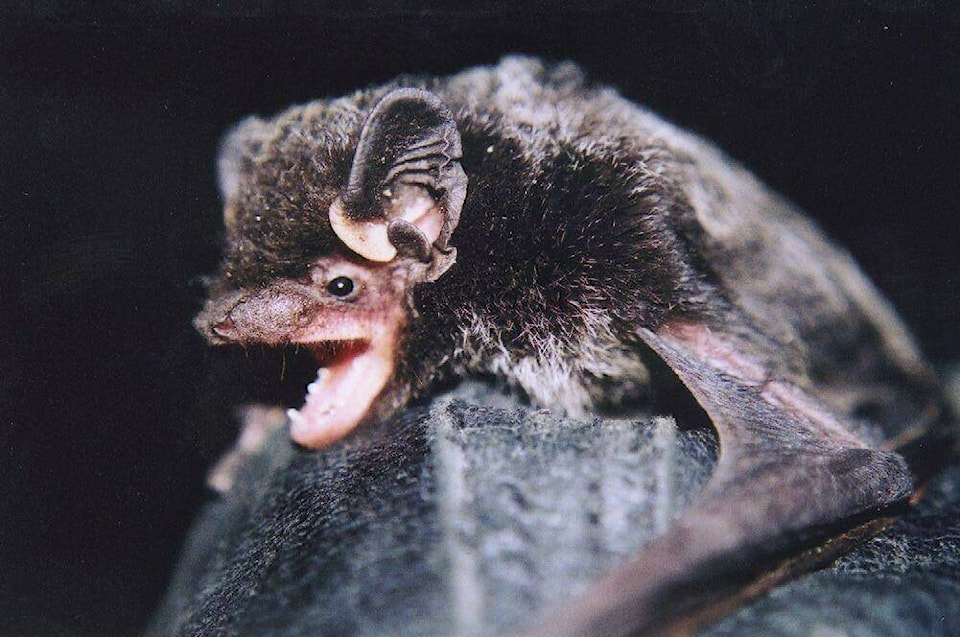The Alberta Community Bat Program, a non-profit aimed at helping the survival of the winged mammals, is sounding the alarm over the viability of several species.
At the heart of the matter is the push for green energy and the placement of wind farms around the province.
“Windfarms and bats are a big deal,” said Susan Holroyd, conservation and outreach coordinator for the Alberta Community Bat Program.
According to Holroyd, three species of migratory bats, including Hoary and Silver-Haired, are most at risk at wind energy sites.
While not yet on the federal government’s list of endangered species, that is something that Holroyd and others are trying to change.
“They are being killed at unsustainable levels,” said Holroyd.
Unfortunately, even if the bats are added to the list, Alberta doesn’t necessarily have to follow the federal government’s recommendations, instead developing its own recovery strategy, which may or may not be effective.
The most dangerous time for the bat populations is in the fall during migration.
According to Holroyd, wind farms are often placed along the migratory paths of the bats; when the bats travel they usually do so in the early evening in low wind and a turbine doesn’t even have to have a direct strike on a creature to kill it.
A pressure wave created by the turbine as it moves through the air can be enough to cause pressure trauma to a bat’s lungs if it gets too close, causing its death.
Working against bats is that they have long lives and few offspring. The oldest recorded bat was found to be 39 years old; on average they live around 20 years.
Most species of bats also only have a single pup each year.
“Populations just can’t recover quickly.”
With the current rate of bat deaths, researchers are predicting a 50 per cent decline in Hoary bats by 2050 and possible extinction by 2080.
What can be done to protect these creatures?
According to Holroyd, wind farms can take some mitigation strategies during a six-week window from mid-August to the end of September.
During lower wind periods, turbines can be turned off without grossly impacting overall power generation and they can also be placed with setbacks of five kilometres from riparian areas, areas where bats roost and hunt.
“They just need to pick better sites,” said Holroyd.
“Something needs to be done … wind seems to have gotten a free pass.”
Holroyd notes that for a wind farm to curtail production during peak bat migration times, the cost to a company would constitute a loss of 0.42 per cent of production.
-This is the first in a multi-part series looking at bats in the province.
